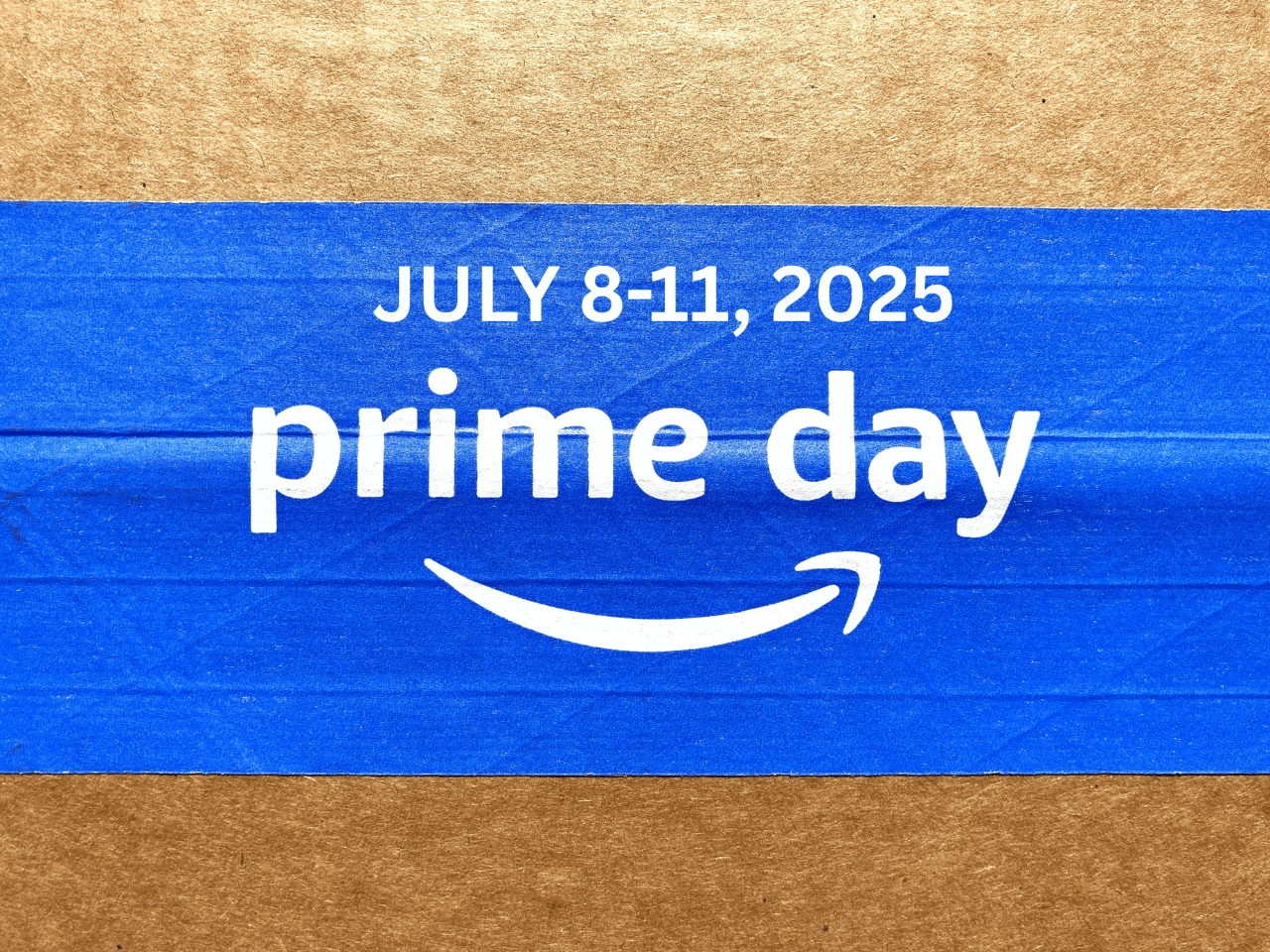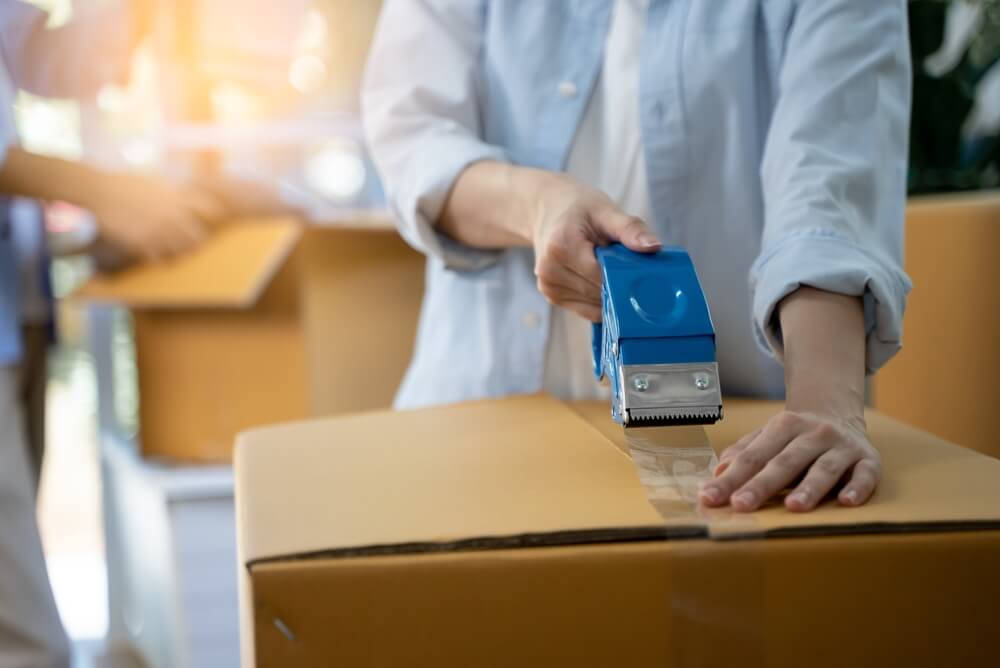Amazon Prime Day has evolved from a 24-hour marketing experiment into one of the largest—and most demanding—online shopping events on the planet. For brands, it’s an unparalleled opportunity to capture mid-year revenue spikes and new customers.
What Is Amazon Prime Day?
Prime Day is Amazon’s proprietary mega-sale, created to reward Prime members with deep discounts across nearly every category. It debuted on July 15, 2015 as a 24-hour event and immediately became Amazon’s single biggest sales day.
Since 2015, revenue has climbed each year; in 2024 the event generated $12.9 billion in global sales. That explosive growth drives equally explosive demand for warehousing space, labor and transportation capacity—areas where a well-prepared 3PL can shine.
A Quick Look Back: When Did Amazon Start?
Amazon itself was founded in Jeff Bezos’s Bellevue garage on July 5, 1994, first as an online bookstore before morphing into “the everything store.” that timeline matters because Prime Day’s ten-year rise echoes Amazon’s culture of rapid iteration and customer obsession—traits every 3PL partner must match.
What Actually Happens on Prime Day?
- Traffic Spike: Site visits surge; orders per minute can multiply tenfold.
- Competitive Halo: Walmart, Target and Best Buy all launch parallel promos, tightening carrier capacity nationwide.
- Returns Wave: Post-event return rates average 15-20 %, hitting docks 7–14 days later.
For 3PLs, that means more pick faces, later cut-off times and a second mini-peak for reverse logistics.
Why Prime Day Matters to Logistics Partners
From July 8 at 12:01 a.m. PDT through July 11, Prime Day 2025 stretches to four full days (96 hours)—the longest event yet. For third-party logistics providers (3PLs), those 96 hours compress months of normal order volume into just four summer days, magnifying every strength—or weakness—in your fulfillment network.

What’s New in 2025?
- 96-Hour Format: Amazon extended Prime Day to four days, giving shoppers more time—but stretching fulfillment SLA expectations.
- “Amazon Haul” Storefront: Pre-Prime curated deals encourage shoppers to buy earlier, pulling demand forward.
- Higher Visibility on Sustainability: Fast shipping with a smaller carbon footprint is now a headline metric, not a footnote.
Prime-Day Prep: 7 Field-Tested Tips (with Real-World Examples)
- Forecast collaboratively. Merge Amazon’s demand forecast with your own SKU-level velocity 4–6 weeks out so inventory is staged where shoppers will click.
Example (2015): During the very first Prime Day, hot electronics SKUs vanished in hours. 3PLs that had pre-positioned safety stock in multiple nodes kept shipping while competitors posted “out of stock.”
- Pre-kit and label high-velocity items. Build bundles and print FNSKU labels before the event so each pick/pack cycle is measured in seconds, not minutes.
Example (2024): Facilities that installed auto-baggers and pre-kitted “deal bundles” cut touch time by about 25 %, sailing past the packaging bottlenecks that slowed others.
- Leverage an advanced WMS and customer portal. Real-time inventory views and parallel wave queues (e.g., on Manhattan Associates’ WMS) let you reroute work instantly when the unexpected happens.
Example (2018): A brief Amazon outage created an order backlog; warehouses that could spin up new waves on a second queue avoided an overnight pile-up.
- Scale labor intelligently. Cross-train temps weeks before July and supplement with pick-to-light, voice, or AMR tech to keep accuracy high while velocity spikes.
Example (2023): When the threatened UPS strike shifted volume to regional carriers, cross-trained teams switched labels and manifests mid-shift without missing SLAs.
- Diversify your carrier mix and lock in contingency lanes. Sign regionals and postal consolidators ahead of time in case an integrator caps pickups.
Example (2023): Brands tied to a single carrier had trailers left on the dock; 3PLs with secondary capacity cleared every pallet the same night.
- Plan reverse logistics before the sale launches. Reserve QC space, schedule extra staff, and set up refurbishment or liquidation channels for the returns wave that starts 7–14 days later.
Example (every year): Operations that pre-book dock doors and labor process returns 30–40 % faster and recapture more margin.
- Communicate cut-offs early and often. Publish Prime-week pickup deadlines and seasonal exceptions so sellers can sync Amazon’s delivery promises with your SLA reality.
Example (2020): Pandemic capacity crunch forced earlier cut-offs; proactive 3PLs that warned clients avoided last-mile surcharges and seller penalties.
Fold these lessons—learned from a decade of Prime Days—into your 2025 plan, and the four-day sales surge can become the most profitable (and controlled) 96 hours of your year.

Amazon Prime Day 2025: Final Word
Prime Day 2025 will set new records—both in consumer spending and operational intensity. For sellers, the difference between delighted customers and one-star reviews often comes down to the silent partner who ships the box.
Jay Group is Prime-Day ready. With dual-coast facilities, Manhattan Associates’ WMS, an advanced customer portal, and playbooks refined across a decade of peak events, we’ve pressure-tested every step—from inbound scheduling to reverse-logistics triage. That means inventory lives closer to shoppers, waves launch in real time, and carrier lanes pivot the moment capacity tightens.
A 3PL that pairs coast-to-coast footprint, advanced technology, and battle-tested Prime Day procedures doesn’t just survive the surge; it helps brands win it. Let’s make July 8–11 your smoothest—and most profitable—96 hours of the year.
